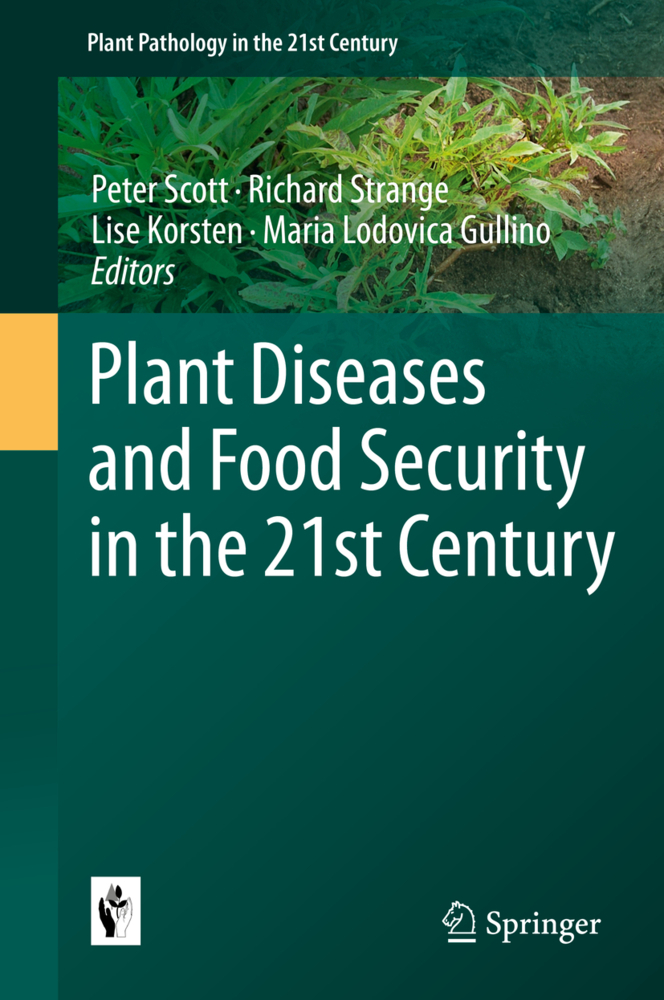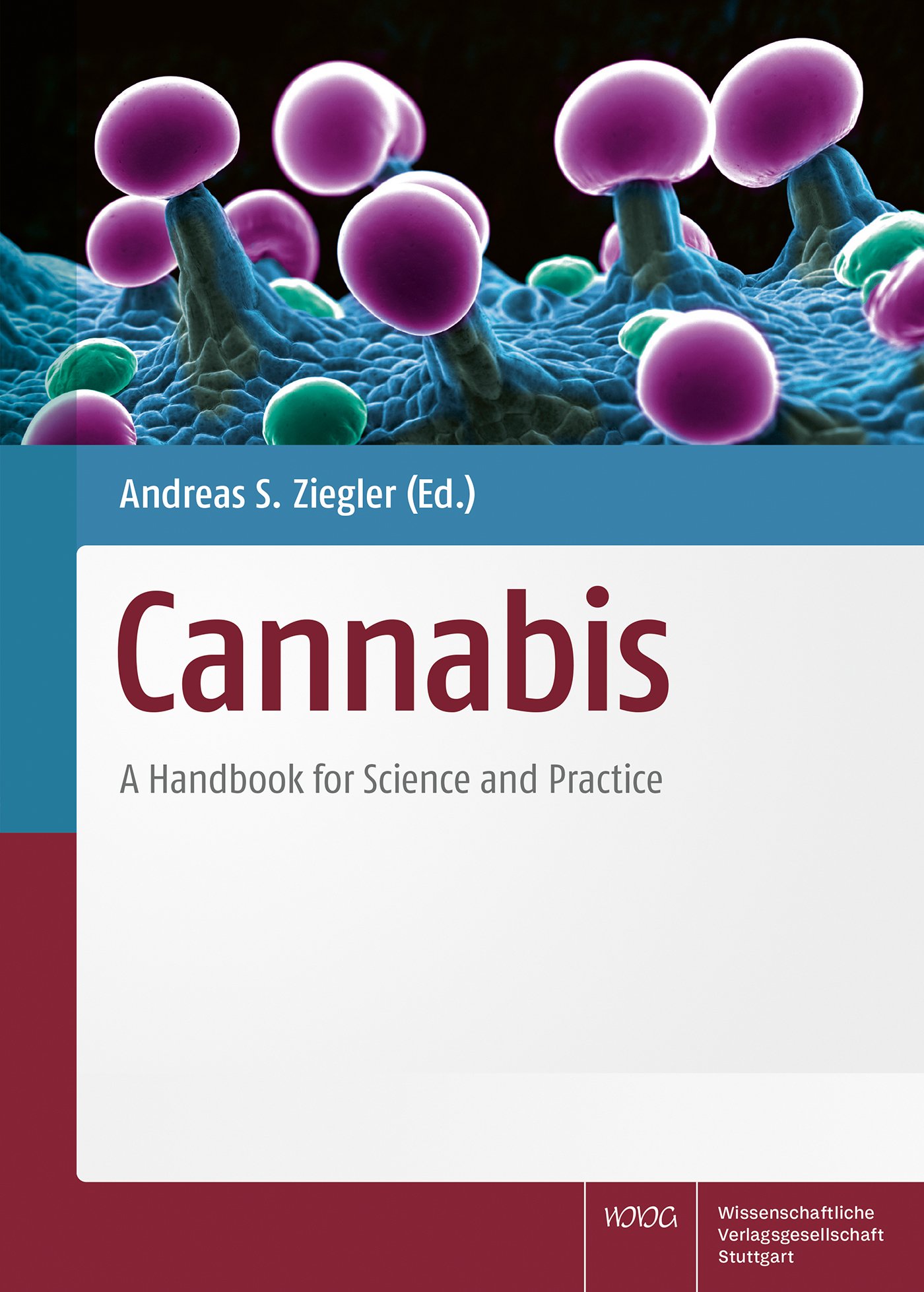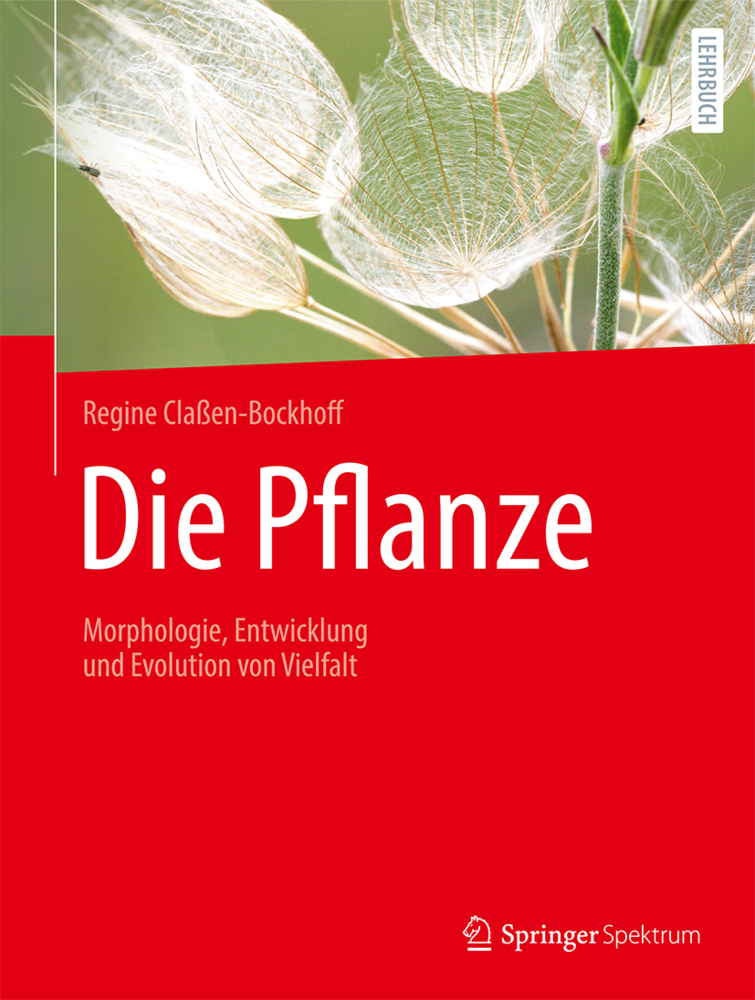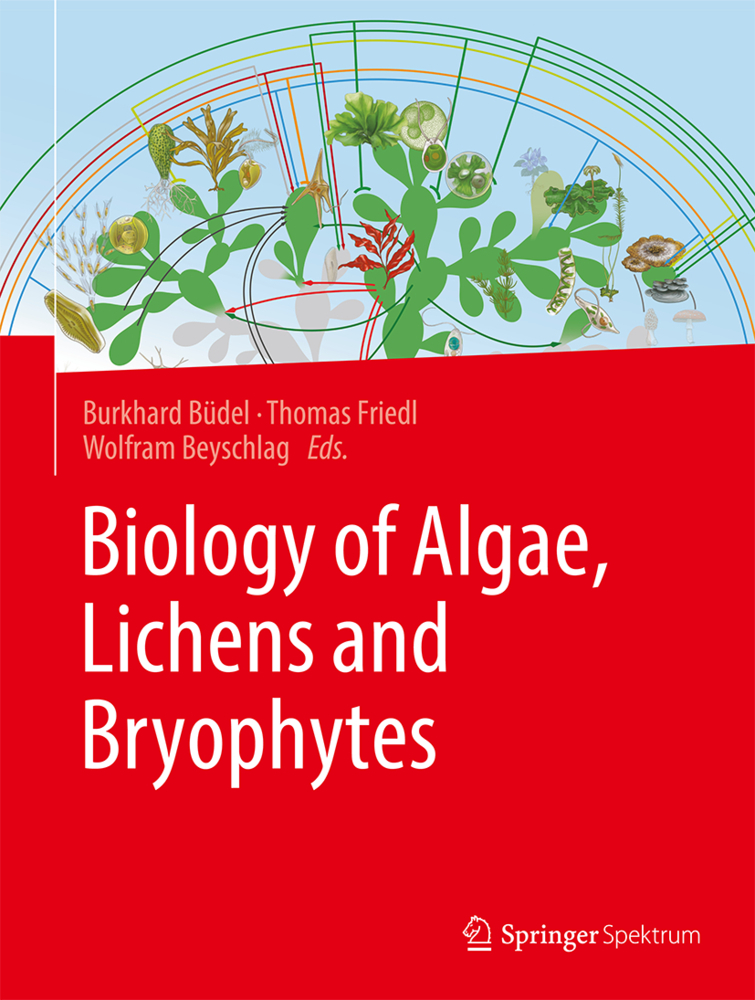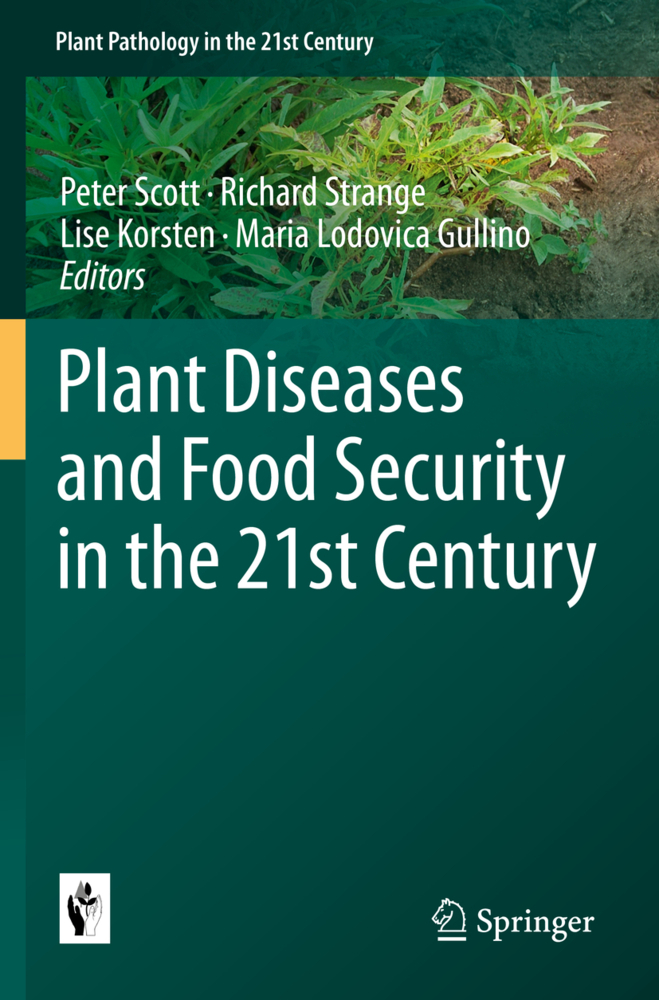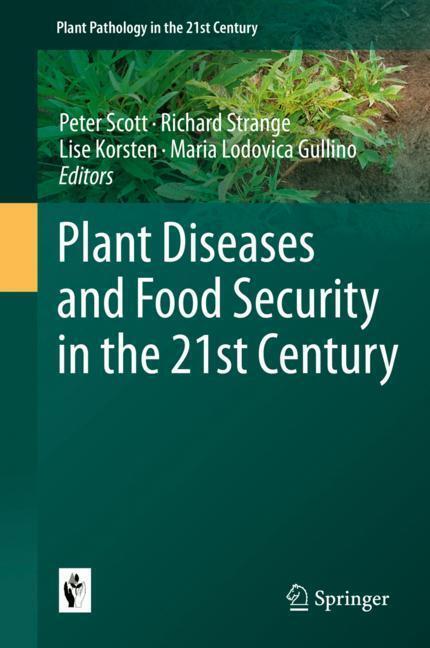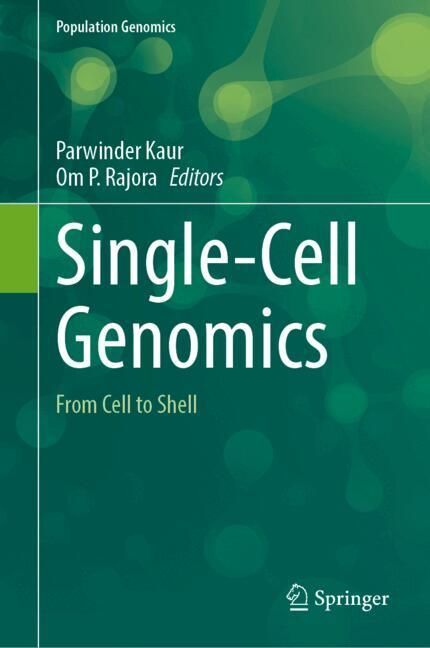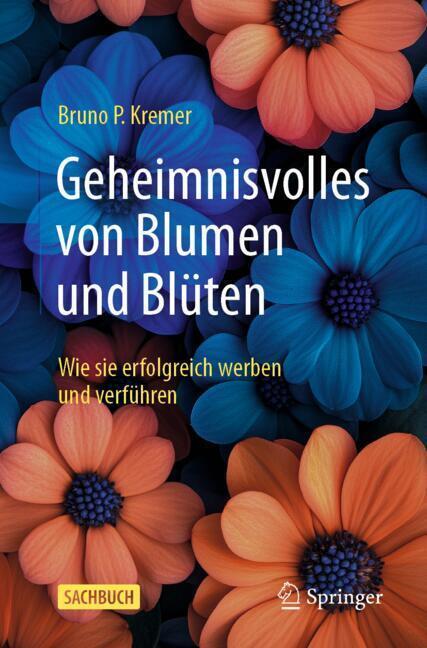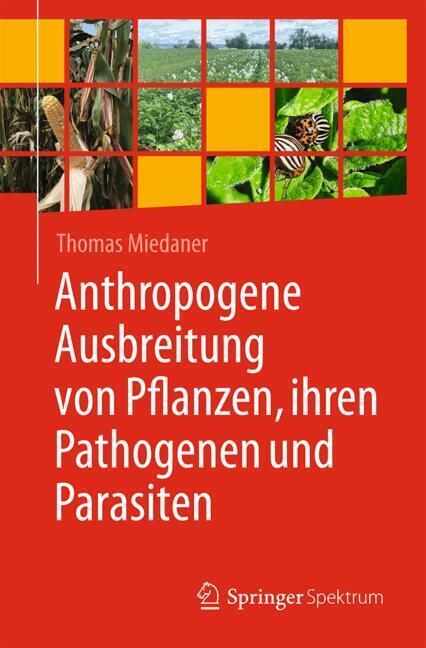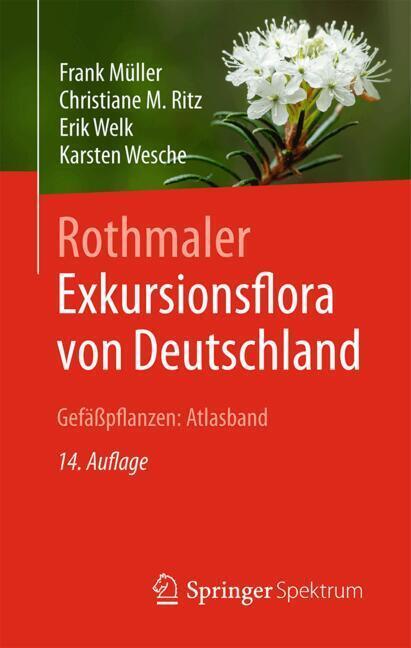Plant Diseases and Food Security in the 21st Century
Plant Diseases and Food Security in the 21st Century
Of the global population of more than 7 billion people, some 800 million do not have enough to eat today. By 2050, the population is expected to exceed 9 billion. It has been estimated that some 15% of food production is lost to plant diseases; in developing countries losses may be much higher.
Historically, plant diseases have had catastrophic impact on food production. For example: potato blight caused the Irish famine in 1845; brown spot of rice caused the Great Bengal Famine of 1943; southern corn leaf blight caused a devastating epidemic on the US corn crop in 1970. Food security is threatened by an ongoing sequence of plant diseases, some persistent for decades or centuries, others more opportunistic. Wheat blast and banana xanthomonas wilt are two contrasting examples of many that currently threaten food production. Other emerging diseases will follow. The proposed title aims to provide a synthesis of expert knowledge to address this central challenge to food security for the 21st century.
Chapters [5] and [11] are available open access under a Creative Commons Attribution 4.0 International License via link.springer.com.Part 1. Crop Diseases Threaten Global Food Security. Chapter 1: Potatoes, citrus and coffee under threat(Jean Beagle Ristaino).- Chapter 2: Gone bananas? Current and future impact of Fusarium wilt on production (Randy C. Ploetz).- Part II: Emerging plant diseases and global food security : Chapter 3: Plant diseases, global food security and the role of R. Glenn Anderson (S. Rajaram, H. J. Dubin).- Chapter 4: Optimising reactive disease management using spatially explicit models at the landscape scale (Frédéric Fabre, Jérôme Coville, Nik J. Cunniffe).- Chapter 5: Challenge of virus disease threats to ensuring sustained uptake of vitamin-A-rich sweetpotato in Africa (Jan Kreuze, Wilmer Cuellar, Jan Low).- Part III: Global impacts of plant disease epidemics. Chapter 6: The impact of rice diseases in tropical Asia(N.P. Castilla, J.B. Macasero, J.E. Villa, A.H. Sparks, L. Willocqu, S. Savary).- Chapter 7: Importance of Fusarium spp. in wheat to food security: a global perspective(Toni Petronaitis, Steven Simpfendorfer, Daniel Hüberli).- Chapter 8: Quantitative assessment of consequences of quarantine plant pathogen introductions: from crop losses to environmental impact (Michael Jeger, Giuseppe Stancanelli, Gianni Gilioli, Gregor Urek, Ariena van Bruggen, Jean-Claude Grégoire, Vittorio Rossi, Wopke van der Werf, Alan MacLeod, Gritta Schader, Sybren Vos, Svetla Kozelska, Marco Pautasso, Ciro Gardi, Olaf-Mosbach-Schulz).- Part IV: Innovative techniques for monitoring emerging diseases. Chapter 9: Diagnosis and assessment of some fungal pathogens of rice: novel methods bring new opportunities (Sara Franco Ortega, Davide Spadaro, Maria Lodovica Gullino).- Chapter 10: Automated detection of 'Ca. Liberibacter asiaticus' infection in citrus using immune tissue prints and machine learning(Jonathan Shao, Fang Ding, Shimin Fu, John S. Hartung).- Chapter 11:Plantwise: a knowledge and intelligence tool for food security through crop protection (Claire Beverley, Manju Thakur).- Part V: Plant diseases and food safety. Chapter 12: Pesticide residues in food: a never-ending challenge (Carmen Tiu).- Chapter 13: How can plant pathology help in the control of human pathogens associated with edible crop plants?(Nicola Holden).
Scott, Peter
Strange, Richard
Korsten, Lise
Gullino, Maria Lodovica
| ISBN | 978-3-030-57898-5 |
|---|---|
| Artikelnummer | 9783030578985 |
| Medientyp | Buch |
| Copyrightjahr | 2021 |
| Verlag | Springer, Berlin |
| Umfang | XIV, 284 Seiten |
| Abbildungen | XIV, 284 p. 33 illus., 29 illus. in color. |
| Sprache | Englisch |

